Grenache (Espagne)
À savoir
France, not Spain, has the most Grenache planted in the world.
In Spain, Grenache is called Garnacha.
Before phylloxera struck in 1901, there were no Grenache plantings in Rioja.
Some believe that Grenache started in Sardegna, as it is the same grape as the Sardegnian grape Cannonau.
Grenache is known for its candied fruit and cinnamon flavors.
Quel est le goût de ce style ?
Selon 93 760 articles sur 2 173 vins
Léger
Puissant
Doux
Acide
Souple
Tannique
Sec
Moelleux
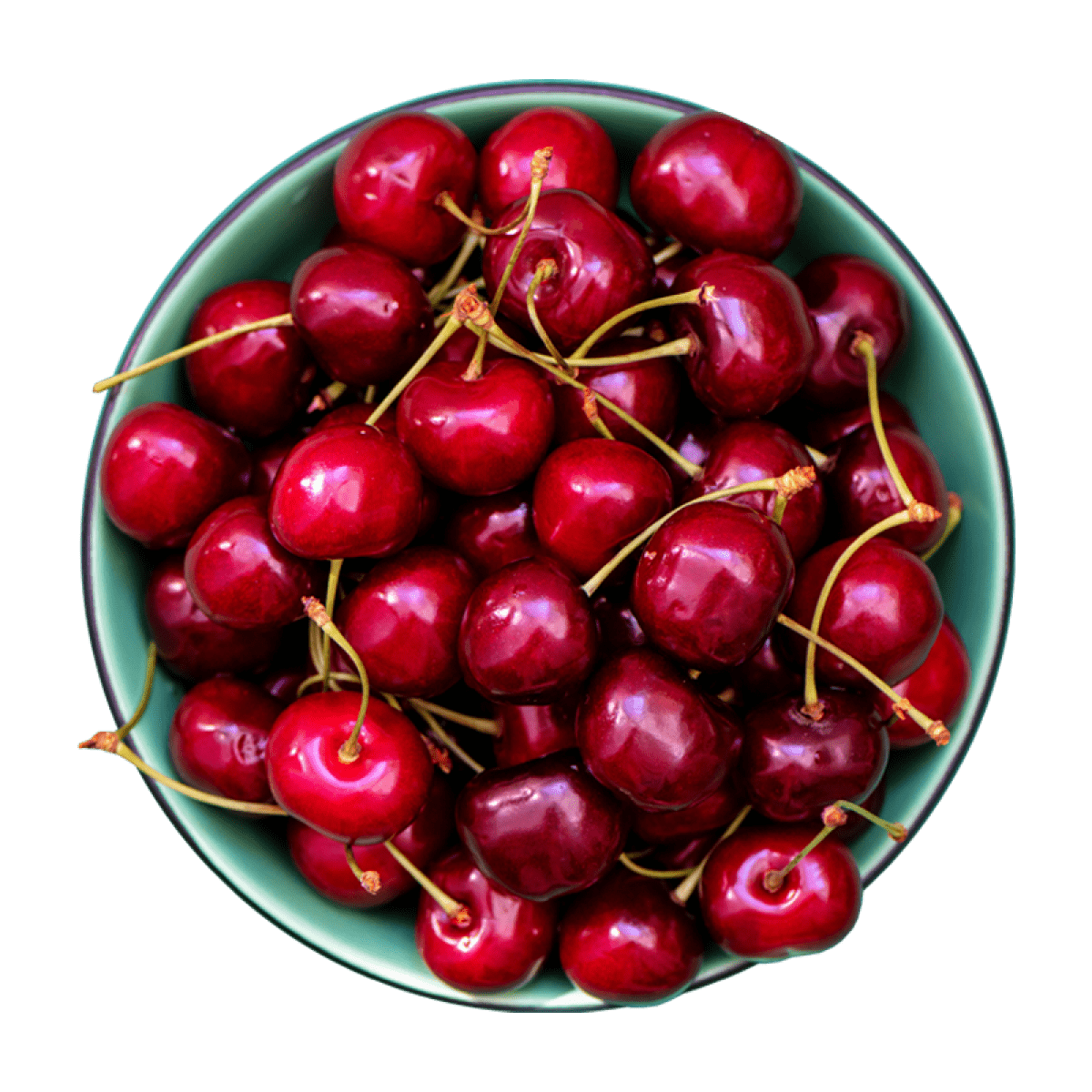


- cerise
- framboise
- fruit rouge
- fraise
- canneberge
- cerise rouge
- groseille
- grenade
- prune rouge
- cerise acidulée
- fraise mûre
- fraise sauvage
0 mentions de notes fruit rouge

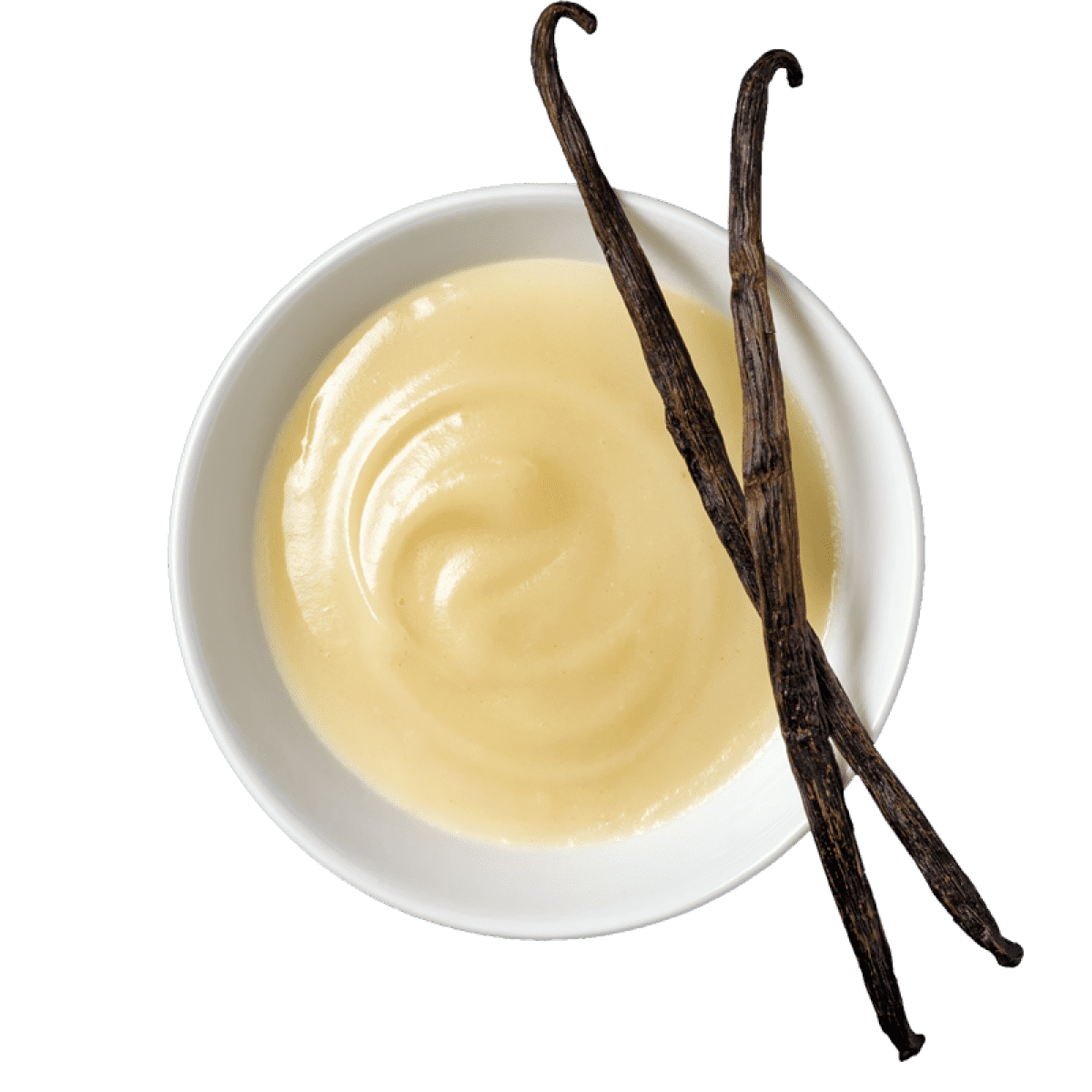

- chêne
- vanille
- chocolat
- tabac
- cèdre
- clou de girofle
- café
- chocolat noir
- mélange d'épices pour pâtisserie
- caramel
- cola
- moka
0 mentions de notes boisé
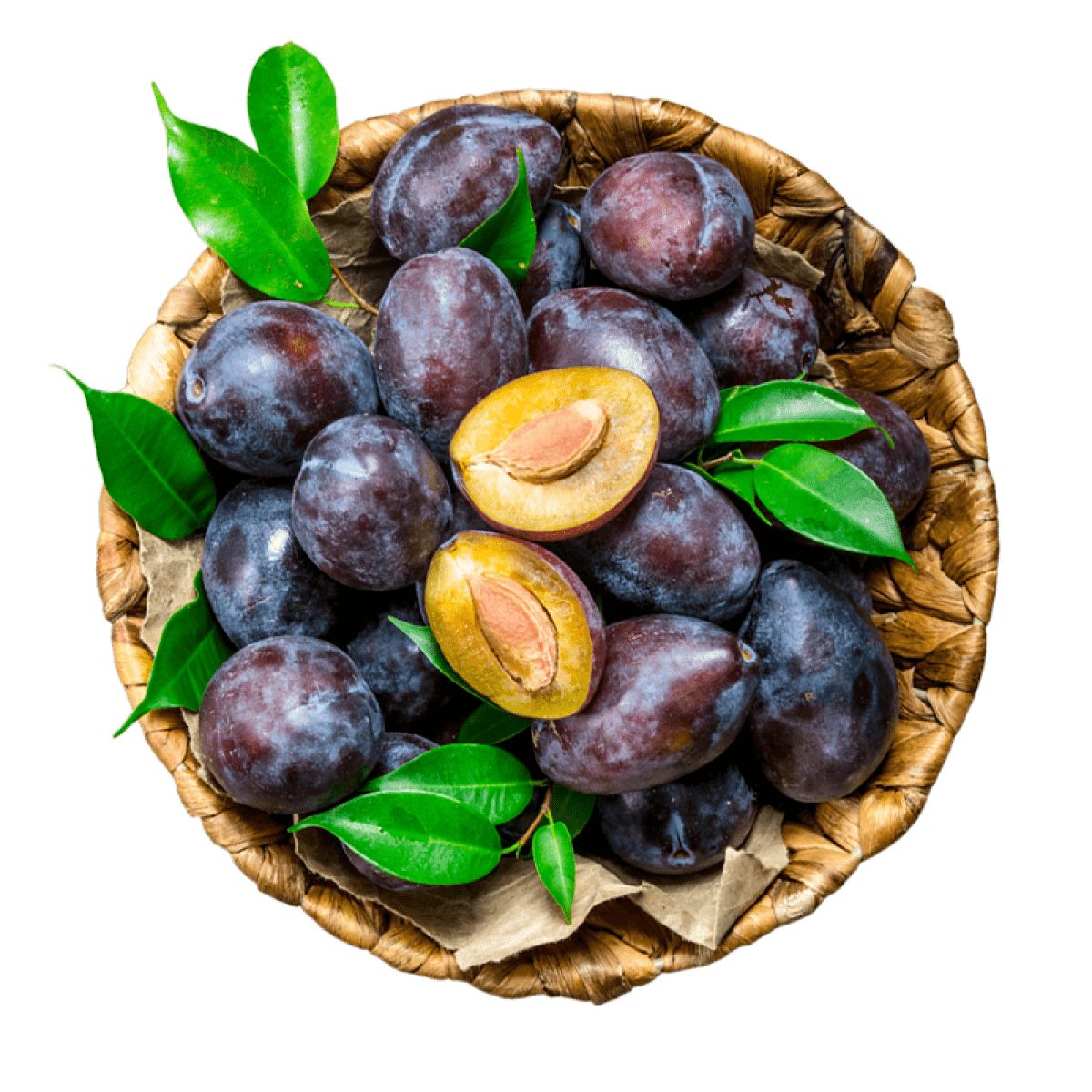
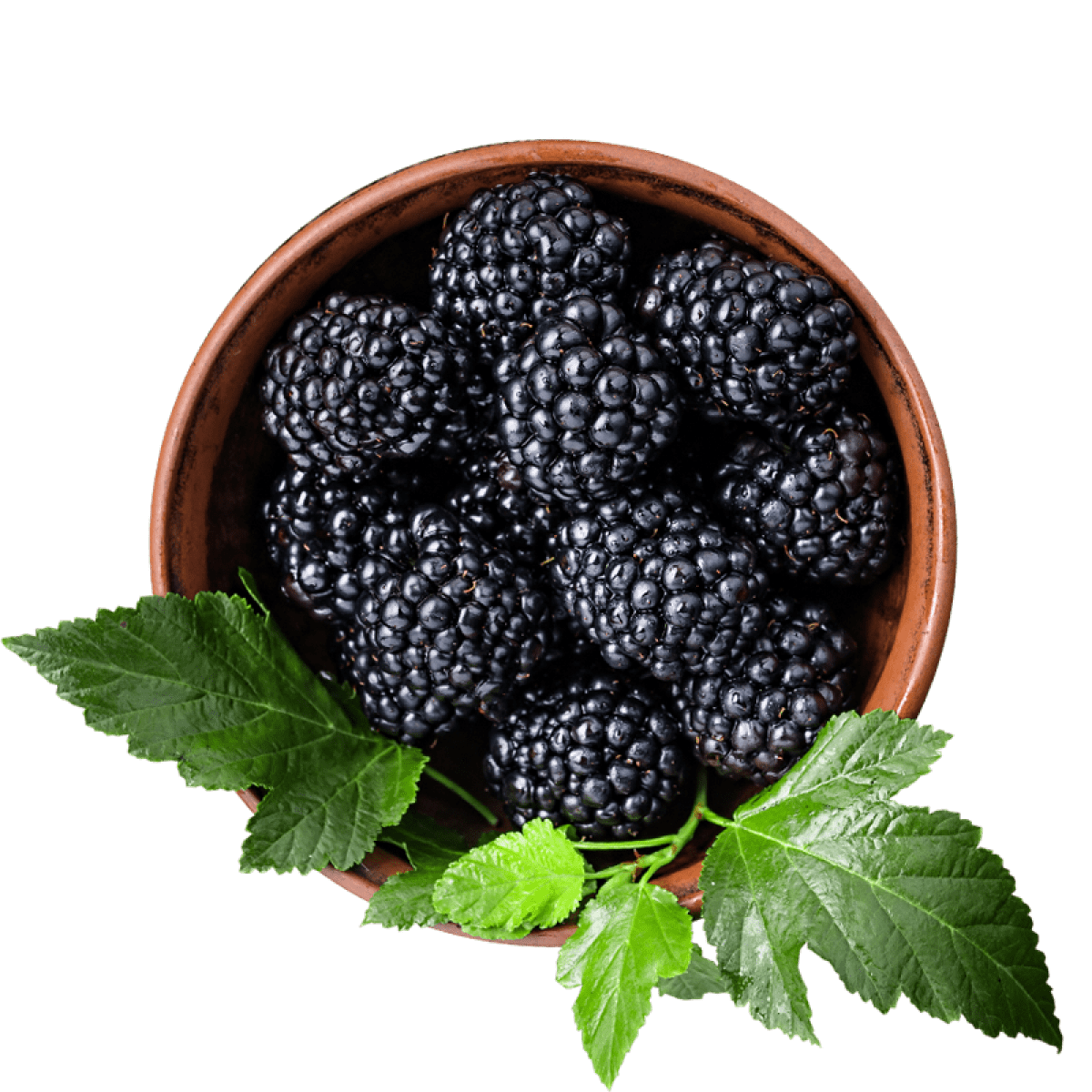
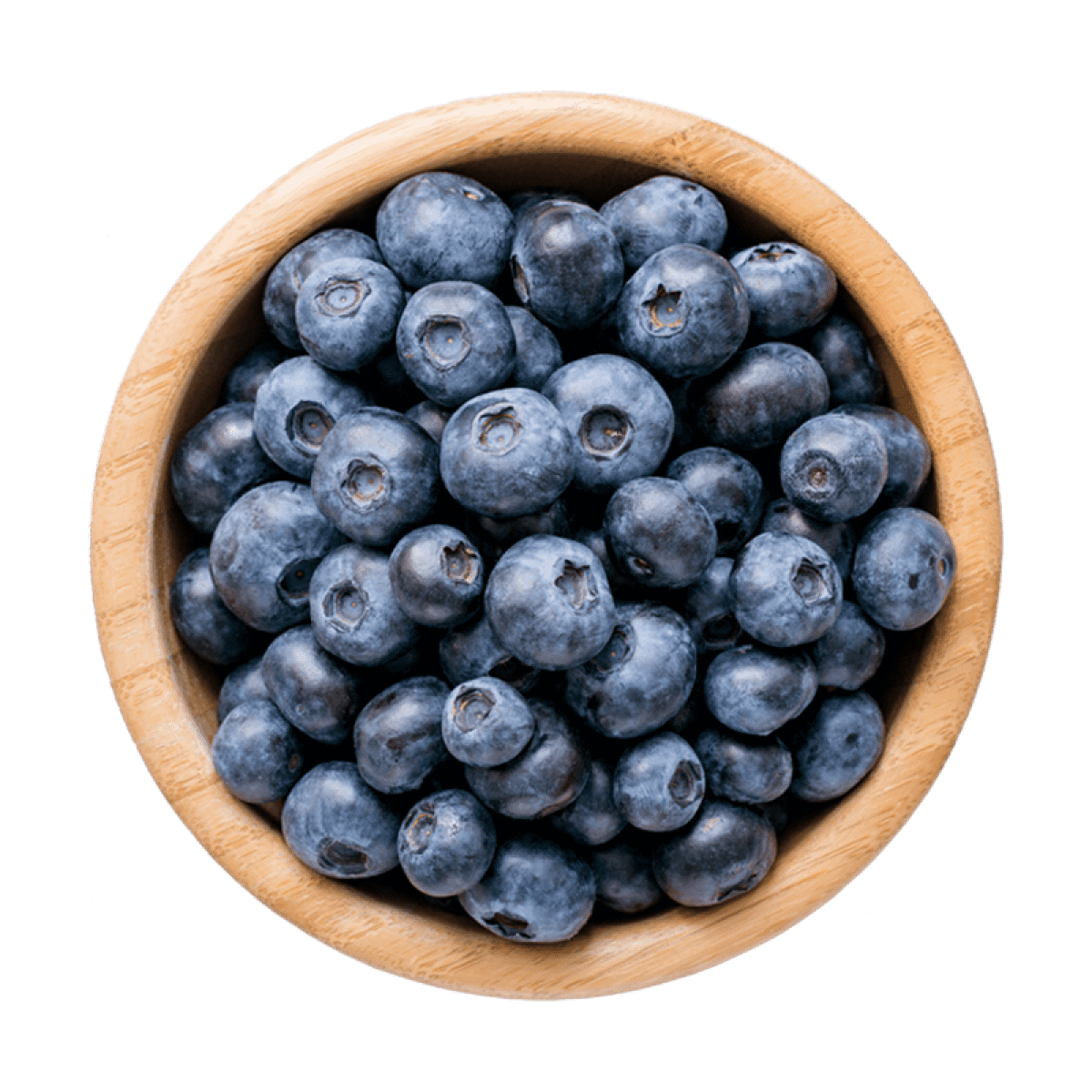
- prune
- mûre
- fruit noir
- fruit noir
- myrtille
- cerise noire
- cassis
- confiture
- cassis
- prune noire
- mûre sauvage
- fruit du mûrier
0 mentions de notes fruit noir
Cépages
Familiarisez-vous avec ce style
While once being the 2nd most planted grape in the world, Grenache's popularity has faltered. However, its ability to produce delicious wines has not.
Grenache is known for its candied red fruit flavors complemented by dollops of cinnamon and black pepper. The most famous of these comes from Spain's Priorat.
There was a time when Grenache was the dominant grape in Spain. Now, despite ripping up almost half of the Grenache vineyards, Spain is still producing amazing wines with Grenache. These wines range from affordable everyday wines to lavishly expensive world-class affairs.
These garnet-colored, fruit-forward wines showcase delightful flavors of candied red fruit, cinnamon, and black pepper. The grape ripens late with high sugars, so it often produces wines that are high in alcohol. The more affordable versions are typically lighter and easy-drinking, while the expensive Priorats are rich and opulent and meant for long aging.